How to Use Real-World Scenarios in Classroom Activities
29 March 2025
In today’s fast-paced world, education isn’t just about memorizing facts or passing tests. It’s about preparing students for the real world. And what better way to do that than by incorporating real-world scenarios into classroom activities? By doing so, we help students not only understand lessons better but also apply what they’ve learned in practical, meaningful ways.
But how exactly do you, as a teacher, bring the outside world into your classroom? Let’s dive into this topic and explore how to effectively use real-world scenarios in classroom activities.
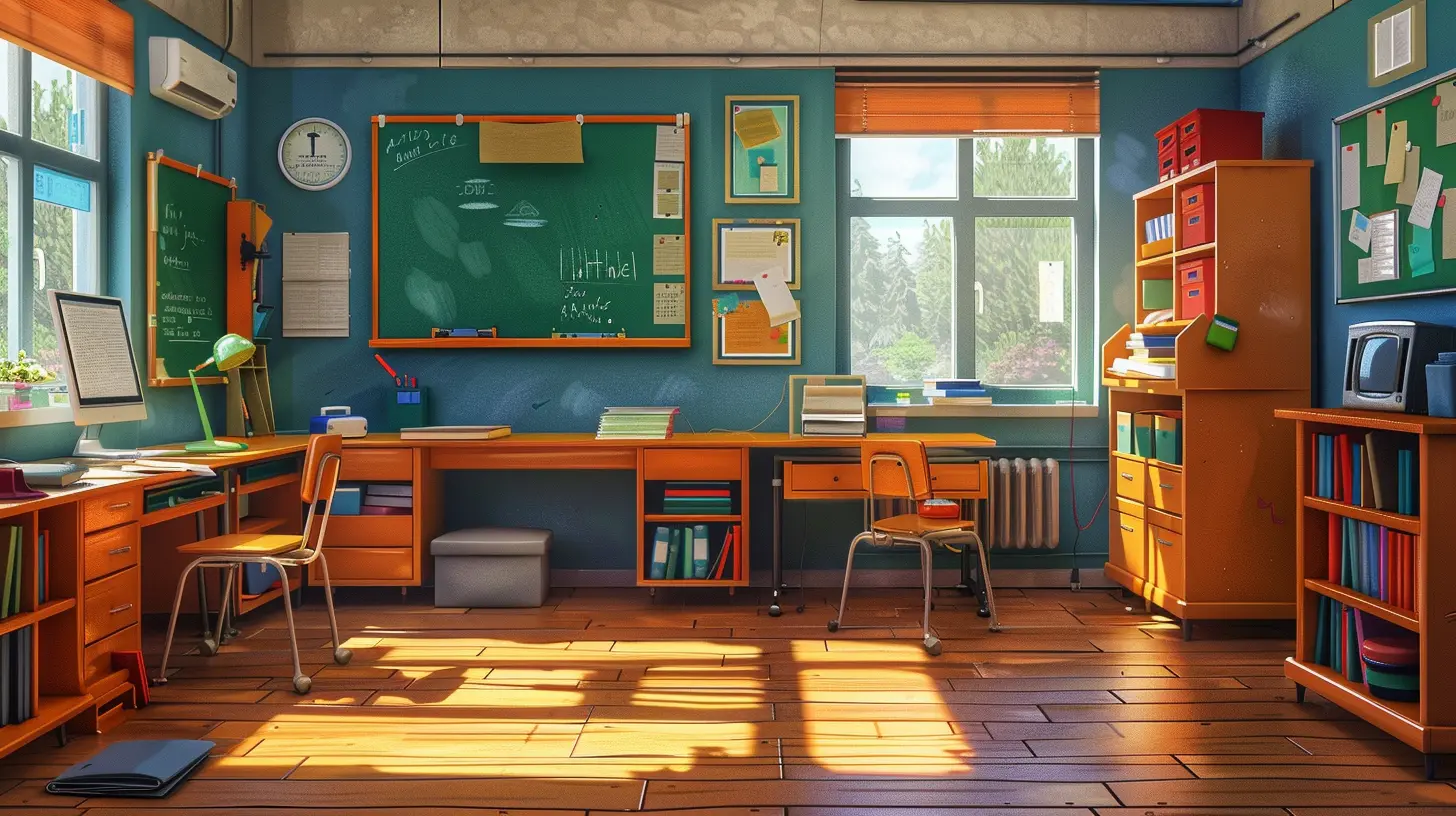
Why Use Real-World Scenarios in the Classroom?
Before we jump into the "how," let's first discuss the "why." Why should educators care about bringing real-world situations into their teaching?1. Makes Learning Relevant and Engaging
Have you ever had a student ask, "When will I ever use this in real life?" It’s a common question, and it’s a fair one. By tying lessons to real-world applications, you're showing students the relevance of what they’re learning. When students see how their lessons can impact their daily lives, they’re more engaged, motivated, and excited to learn.2. Develops Critical Thinking and Problem-Solving Skills
In the real world, problems don’t come with neatly packaged solutions. By giving students real-world scenarios, you push them to think critically and solve problems on their own. It’s like giving them a mental workout, helping them develop skills that they will use throughout their lives.3. Prepares Students for Future Careers
Whether your students are aiming to be engineers, doctors, business professionals, or artists, real-world scenarios can give them a taste of what’s to come in their future careers. By simulating real-life situations, they’ll learn the soft skills and technical knowledge needed in the workforce.4. Promotes Collaboration and Communication
In the workplace, collaboration is key. By presenting students with real-world problems, you encourage them to communicate, share ideas, and work together. These are essential life skills that go beyond the classroom.
How to Incorporate Real-World Scenarios into Classroom Activities
Now that we’ve established the importance of real-world scenarios, let’s get practical. How do you bring these scenarios into your daily classroom activities? Here are some actionable strategies you can use:1. Case Studies
Using case studies is one of the most straightforward ways to bring real-world scenarios into the classroom. A case study is essentially a real-life story or situation that students have to analyze and solve.For example, in a business class, you could present students with a case study about a struggling start-up. Students would then have to figure out what went wrong and come up with strategies to save the business. This method works across various subjects, from science to humanities.
Pro tip: Choose case studies that are relevant to your students' interests or future career paths. This adds an extra layer of engagement.
2. Role-Playing
Role-playing is a fun, interactive way to immerse students in real-world scenarios. It allows them to step into someone else's shoes and experience different perspectives.In a history class, for instance, you can have students role-play as diplomats negotiating a peace treaty. Or, in a literature class, they can re-enact a courtroom scene from a novel. The possibilities are endless, and the active participation makes the learning process more memorable.
Bonus: Role-playing also helps shy students come out of their shells. Since they’re playing a role, they may feel more comfortable speaking up.
3. Project-Based Learning (PBL)
Project-Based Learning is a powerful tool for incorporating real-world scenarios into the classroom. With PBL, students work on a project over an extended period, solving a complex question or challenge that relates to real life.For example, in a science class, students could work on a project addressing environmental issues, such as how to reduce plastic waste in their community. By the end of the project, they would present their findings and propose sustainable solutions.
PBL not only connects students to the real world but also helps them develop time management, research, and presentation skills.
4. Simulations
Simulations are another excellent way to bring the real world into the classroom. This method allows students to experience real-world situations in a controlled environment.For example, in an economics class, you could simulate a stock market where students have to buy and sell shares based on real-time news events. In a geography class, you could simulate a natural disaster and ask students to develop a disaster response plan.
Simulations offer a hands-on experience that makes learning more dynamic and interactive.
5. Field Trips and Guest Speakers
If it’s within your means, consider taking students out of the classroom to experience the real world firsthand. Field trips provide students with a tangible connection to the topics they’re studying.For example, if you’re teaching biology, you could visit a local nature reserve. Or, if you’re teaching history, a trip to a museum could bring historical events to life.
Can’t leave the classroom? Invite guest speakers from different professions to share their experiences. Whether it’s a scientist, entrepreneur, or artist, hearing directly from professionals can give students invaluable insights into the real world.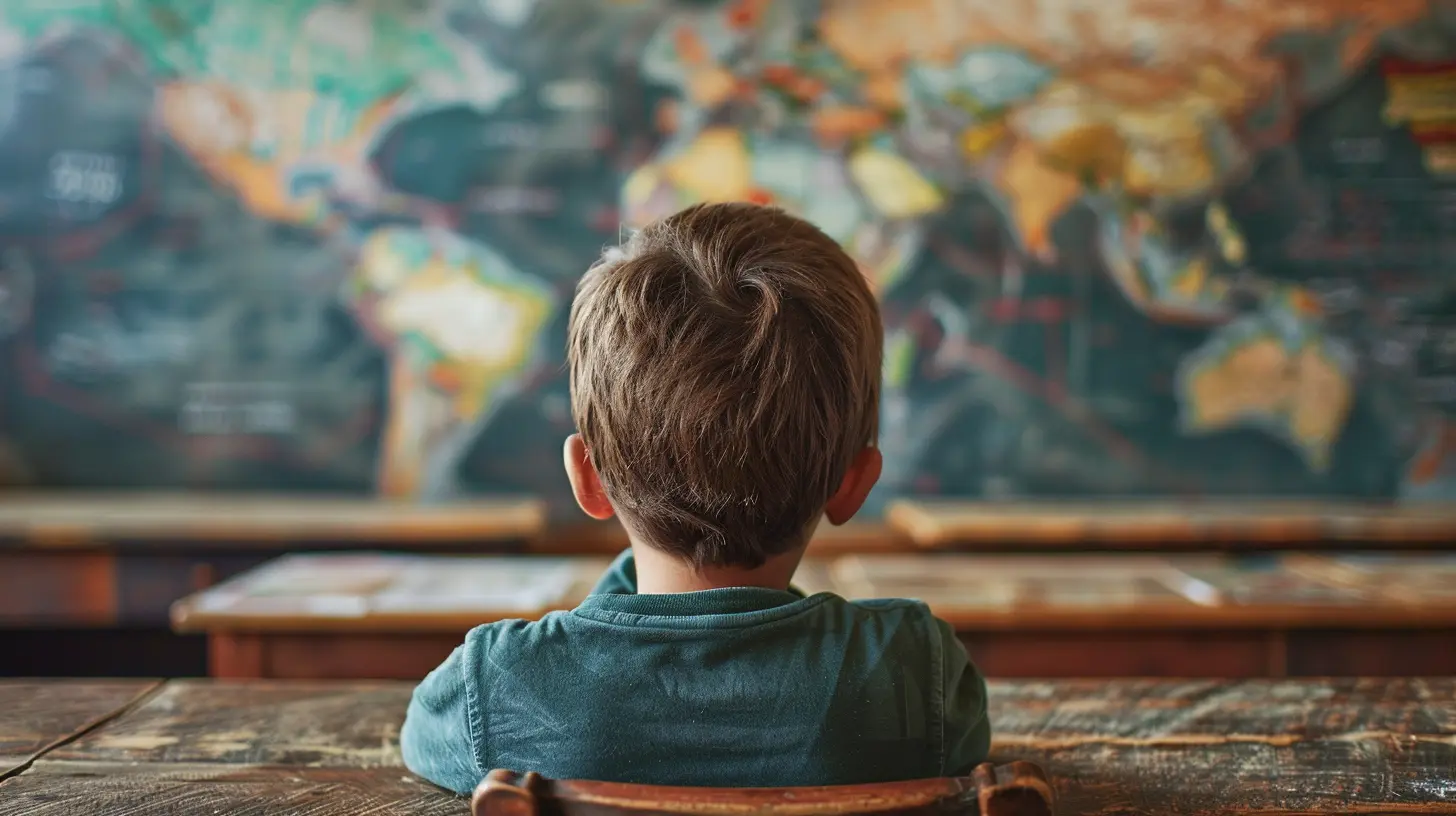
Real-World Scenarios Across Different Subjects
You may be wondering, "How do I apply real-world scenarios to my specific subject?" Regardless of the subject you teach, there’s always a way to incorporate real-life examples. Let’s break it down by some common subjects:1. Math
Math often gets a bad rap for being abstract and difficult to relate to everyday life. However, real-world scenarios can make math much more accessible and engaging.For instance, you can teach basic arithmetic by asking students to manage a budget for a hypothetical event. Or you can introduce geometry by having students design a floor plan for a building. These tasks not only make math more fun but also show students how it’s used in daily life.
2. Science
Science is all about understanding the world around us, so naturally, it lends itself well to real-world scenarios. You can use experiments, case studies, and projects to connect scientific concepts to everyday life.For example, in a physics class, you could challenge students to design a bridge that can support a certain amount of weight. Or in a biology class, you could ask students to research a current medical issue, such as the fight against antibiotic-resistant bacteria.
3. English
In English or literature classes, real-world scenarios can come in the form of writing assignments, debates, and discussions. For instance, students could write a letter to a local politician about a community issue or debate the ethics of a controversial topic from a novel.This approach not only hones their language skills but also encourages them to think critically about the world around them.
4. Social Studies
Social studies classes are perfect for real-world scenarios since they deal with society and human behavior. You can use historical events, current affairs, or even hypothetical scenarios to get students thinking about politics, economics, and culture.For example, you could have students simulate a political campaign or solve a fictional international crisis. These activities teach students about the complexities of the world and help them develop empathy for different perspectives.
Tips for Successfully Implementing Real-World Scenarios
While using real-world scenarios can greatly enhance your teaching, it’s important to approach it thoughtfully. Here are some tips to ensure success:1. Start Small
If you’re new to incorporating real-world scenarios, don’t overwhelm yourself (or your students) by diving into a large-scale project right away. Start with a simple case study or simulation, and gradually build from there.2. Make It Relevant
The more relevant the scenario is to your students' lives, the more engaged they will be. Consider their interests, communities, and future goals when designing your activities.3. Encourage Reflection
After each activity, ask students to reflect on what they’ve learned. Encourage them to think about how they can apply these lessons outside of the classroom. This helps solidify their understanding and makes the experience more meaningful.4. Be Flexible
Real-world scenarios don’t always follow a clear, linear path. Be open to where the activity leads, and encourage your students to think creatively. Sometimes the best learning happens when things don’t go as planned!Conclusion
Incorporating real-world scenarios into classroom activities isn’t just a trend—it’s a powerful teaching strategy that prepares students for the complexities of life beyond school. By making learning relevant, engaging, and practical, you not only improve students’ academic performance but also equip them with the skills they need to succeed in the real world.Whether through case studies, role-playing, Project-Based Learning, or simulations, the possibilities are endless. So why not take your teaching to the next level and start incorporating real-world scenarios today?
all images in this post were generated using AI tools
Category:
Classroom ActivitiesAuthor:

Madeleine Newton
Discussion
rate this article
8 comments
Elwynn Powell
Using real-world scenarios? Great idea! Just make sure your students don’t think 'real world' means discussing whether pineapple belongs on pizza during math class!
April 9, 2025 at 10:31 AM

Madeleine Newton
Thank you for the feedback! Balancing fun and relevance is key in real-world scenarios, and we'll keep that in mind to ensure meaningful discussions in class.
Genevieve Simmons
This article offers practical insights on integrating real-world scenarios into classroom activities. The examples provided are relevant and engaging, making it easier for educators to connect theoretical concepts with everyday life. Overall, a valuable resource for enhancing student engagement and understanding. Great job!
April 9, 2025 at 4:15 AM

Madeleine Newton
Thank you for your kind words! I'm glad you found the insights and examples helpful for enhancing student engagement.
Brooke McIlroy
This article provides valuable insights on incorporating real-world scenarios into classroom activities. By connecting lessons to students' everyday experiences, educators can enhance engagement and retention. Practical examples and tips make this guide a useful resource for teachers seeking to foster critical thinking and relevance in their curriculum. Great read!
April 8, 2025 at 4:55 AM

Madeleine Newton
Thank you for your kind words! I'm glad you found the article helpful for enhancing engagement and critical thinking in the classroom.
Laila Mullen
Thank you for this insightful article! Incorporating real-world scenarios truly enriches learning experiences, making lessons more relevant and engaging for students. Excited to implement these ideas!
April 6, 2025 at 6:57 PM

Madeleine Newton
Thank you for your kind words! I'm glad you found the article helpful and are excited to implement these ideas. Happy teaching!
Kristy Patterson
Learning made fun with real-world twists!
April 5, 2025 at 8:58 PM

Madeleine Newton
Thank you! I'm glad you found the idea of incorporating real-world scenarios engaging. It really enhances learning and makes it more relatable!
Everett Snyder
Integrating real-world scenarios in classroom activities enhances student engagement and relevance. Practical examples help bridge theory with practice, allowing learners to apply knowledge in meaningful ways, fostering critical thinking and problem-solving skills.
April 2, 2025 at 2:19 AM

Madeleine Newton
Thank you for your insightful comment! I completely agree—integrating real-world scenarios not only boosts engagement but also enriches the learning experience by connecting theory to practical application.
Solaria McGivern
What creative real-world scenarios have you seen transform classroom activities into engaging learning experiences? Curious to know!
March 30, 2025 at 7:03 PM

Madeleine Newton
Incorporating community projects, such as local clean-ups or partnerships with local businesses, can transform classroom activities into engaging learning experiences by connecting theoretical concepts to real-life applications and fostering collaboration.
Orionyx Ross
Great article! Incorporating real-world scenarios into classroom activities not only engages students but also makes learning relatable and fun. Let’s inspire our future thinkers by bringing the world into our lessons! Keep up the fantastic work!
March 30, 2025 at 5:30 AM

Madeleine Newton
Thank you for your insightful comment! I completely agree—bringing real-world scenarios into the classroom truly enhances engagement and makes learning enjoyable. Let's continue inspiring our students together!
MORE POSTS
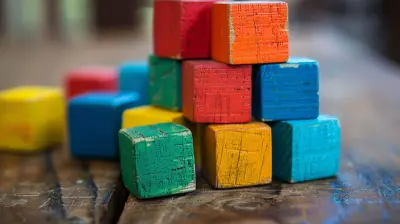
Building Early Math Skills Through Everyday Activities
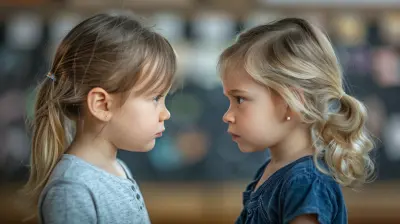
How to Teach Conflict Resolution to Young Children

Habits of Highly Successful Students
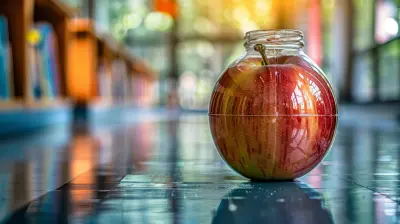
The Link Between School Funding and Teacher Quality

The Rise of MOOCs: Are They Right for Your Education?

How Teachers Can Guide and Monitor Peer Feedback Effectively